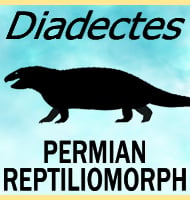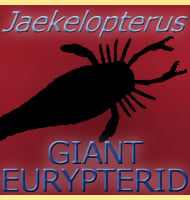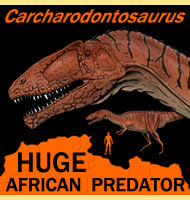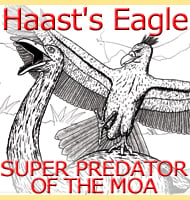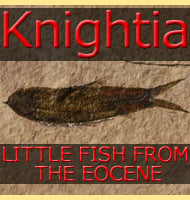In Depth
To realise the full meaning of the name Ludodactylus (toy finger), you may have to revisit your childhood. Whereas Pteranodon is by far the most easily recognised pterosaur by the general public, toys of it often have the presence of teeth in its jaws in order to make it look more ferocious. This is what you may call a deliberate error on the part of toy makers, especially when you realise that the name Pteranodon actually means ‘Toothless beak’. Well the toy makers were actually ahead of their time because out of Brazil comes Ludodactylus, and not only does Ludodactylus sport a similar crest to Pteranodon but it also has teeth. Anyone who wanted an excuse to claim their old ‘toothed Pteranodon’ toys as scale replicas can now do so, just remember to call them Ludodactylus.
Although the crest is similar to Pteranodon, Ludodactylus actually belongs to the ornithocheirid group of pterosaurs, although it lacks any snout crests like others of its kind. Ludodactylus would have likely been a piscivore like other members of the group, relying upon its sharp teeth to seize fish in the water. The teeth are considerably larger towards the end of the jaws, reducing in size to actually be quite small towards the rear of the mouth. This may also indicate a skim fishing lifestyle where the tips of the jaws were dipped below the surface of the water while Ludodactylus was in flight.
Ludodactylus has been considered to be the same pterosaur as Brasileodactylus, and if correct then Ludodactylus would become a synonym of Brasileodactylus. However this is so far not a certainty and the discovery of new fossil material may confirm Ludodactylus as either a synonym or a genus in its own right.
Further Reading
– A new crested ornithocheirid from the Lower Cretaceous of northeastern Brazil and the unusual death of an unusual pterosaur. – Evolution and Palaeobiology of Pterosaurs, Geological Society of London, Special Publications 217:55-63. – E. Frey, D. M. Martill & M.-C. Buchy – 2003.

